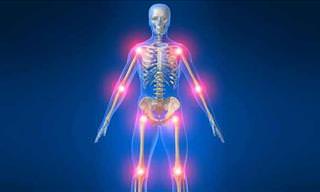For the working professional, the consummate traveler, or just about any one with an internet connection, a huge portion of the day is spent sitting. But even sitting in front a computer can be exhausting when you’re still trying to complete your day-to-day routine. Every now and then, you’ll wake up with a series of aches and pains in your body from the lack of physical movement. It may be difficult to find the time to do hardcore physical activity. However, these are a few simple stretches and exercises you can do to keep your joints and limbs strong.
1. Neck Pain

One of the most commons pains experienced by people that sit at a desk all day is neck pain. Neck pain can be a serious problem, and can also lead to more harmful issues.
Here’s an easy way to keep your neck loose and crick-free: Lean one hand against a doorway or a wall, such that your hand and elbow form an L shape leading to your shoulder. Lower your head slowly such that your chin reaches your other shoulder. Hold for one second and then return to neutral position. Repeat this stretch ten times on either side. Make sure to stretch lightly and not put too much pressure on your neck!
2. Shoulder Pain
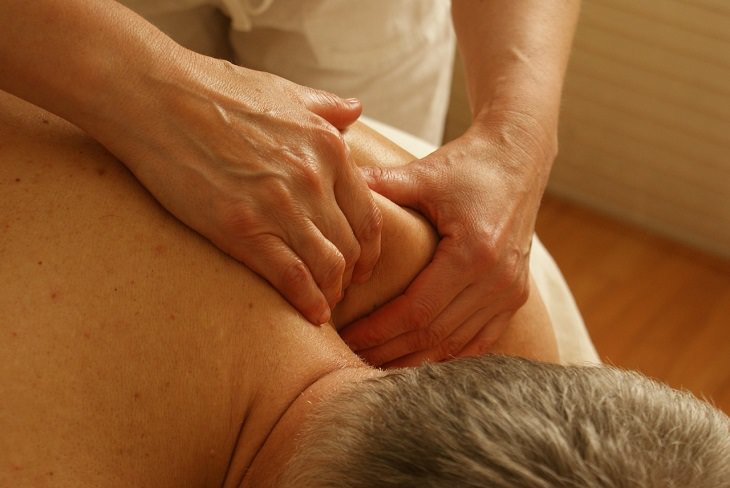
It's no surprise that the number 2 affected area of the body, after the neck, is the shoulders. Especially for those who spend hours in front of a computer, most of whom (us) aren’t in the habit of sitting straight. All of that leaning can really make your shoulders take a hit.
The best way to combat this is to lean your back against the wall, with your arms down on either side of you, and ensure your feet are a few inches away from the mall. Keeping your arms flat against the wall, stretch them out to the side so your arms are lined with your shoulders on either side. Your hands should still be flat against the wall. Hold for one second and return your arms back to your side. Repeat this lift ten times for optimal results.
3. Numbness and Pain of the Wrists
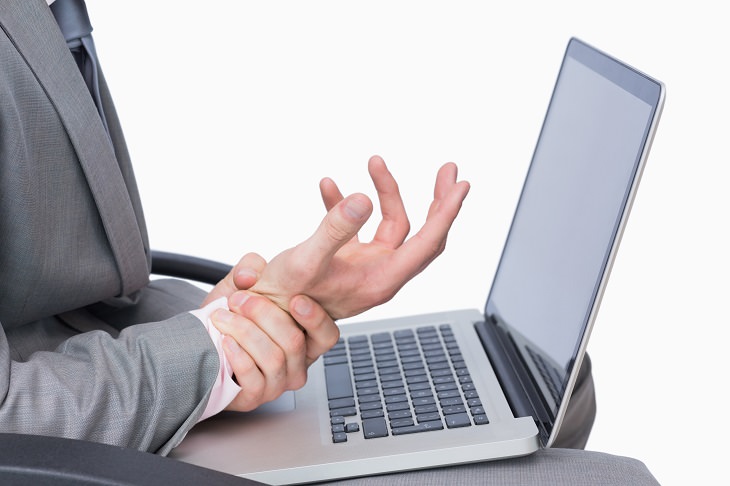
Endless hours typing at a keyboard, couple with vegetables to be chopped, dishes to be done and clothes to be folded. As tired as my brain feels, the truth is, my wrists are taking the brunt of the damage. This can be extremely dangerous and can lead to carpal tunnel syndrome. There are three exercises you can do to help your wrists, and the best part about them is you can do them in the office!
a)For this first exercise, you will need an expander and two rubber balls. Just make a habit of squeezing the balls and using the expander on a daily basis.
b)Another great exercise for your wrists is the more common wrist rotations. Hold out your hand and turn your wrists in a circular motion. Do it in either direction and for both wrists ten times.
4. Finger Stretching

Despite the lack of importance we generally give them, stretching your fingers is an important part of maintaining your joints and limbs, and can help you to avoid major injuries or pulls. There is a very easy stretch you can do any time of the day, and absolutely anywhere. Just hook both index fingers to each other, and pull gently. You can do the same for all fingers on both hands. Just link and pull!
5. Heavy Legs
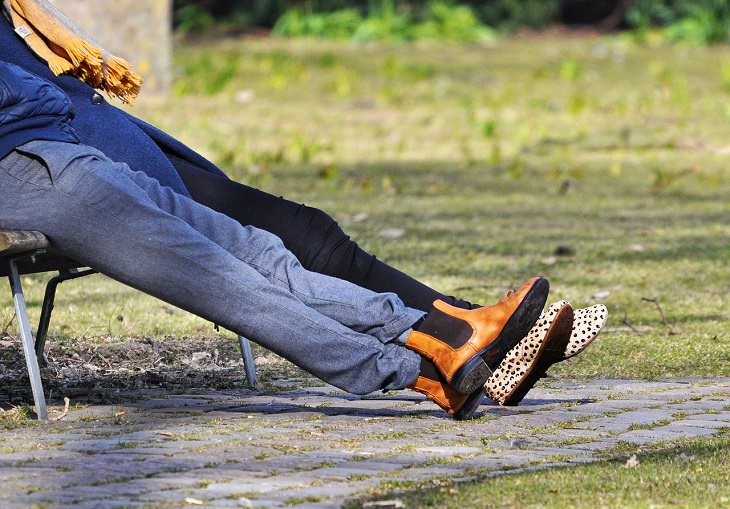
Regardless of what we’ve come to understand, the first cause for heaviness, numbness and pain in the legs and lower extremities isn’t necessarily something serious, though it can worsen over time. In actuality, a lack of physical movement can lead to muscle pulls, tightened nerves and heaviness of the joints.
There’s a quick stretch you can do on a daily basis to circumvent these completely avoidable issues. Perch yourself on the edge of a chair or stool, any flat surface really. Stretch one leg forward and slowly bend toward your outstretched leg. Don’t strain too much, and hold for ten seconds. Then switch to the other leg.
6. Thighs and Buttocks Pain
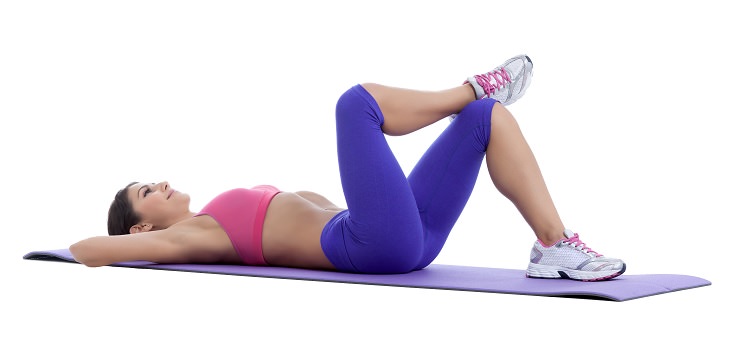
These areas, along with the spine, are often the most affected by sitting all day,whether its in front of a screen or on a train. Whenever you’re at home, you must try this stretch which gives you a great chance to relax while also working out these major parts of your body. Lie down (ideally on a yoga mat), with a pillow under your neck.
Lie down straight with your back on the ground. Bend one knee, and place your foot flat on the ground. Bend your other leg upward and place your ankle on top of your bent knee. Cup your hands around your thighs, or in case you are unable to do so, use a towel to put a little pressure against the thigh of your bent knee. For best results, continue holding for at least 20-30 seconds, and make sure to keep your buttocks on the ground!
 Go to BabaMail
Go to BabaMail













